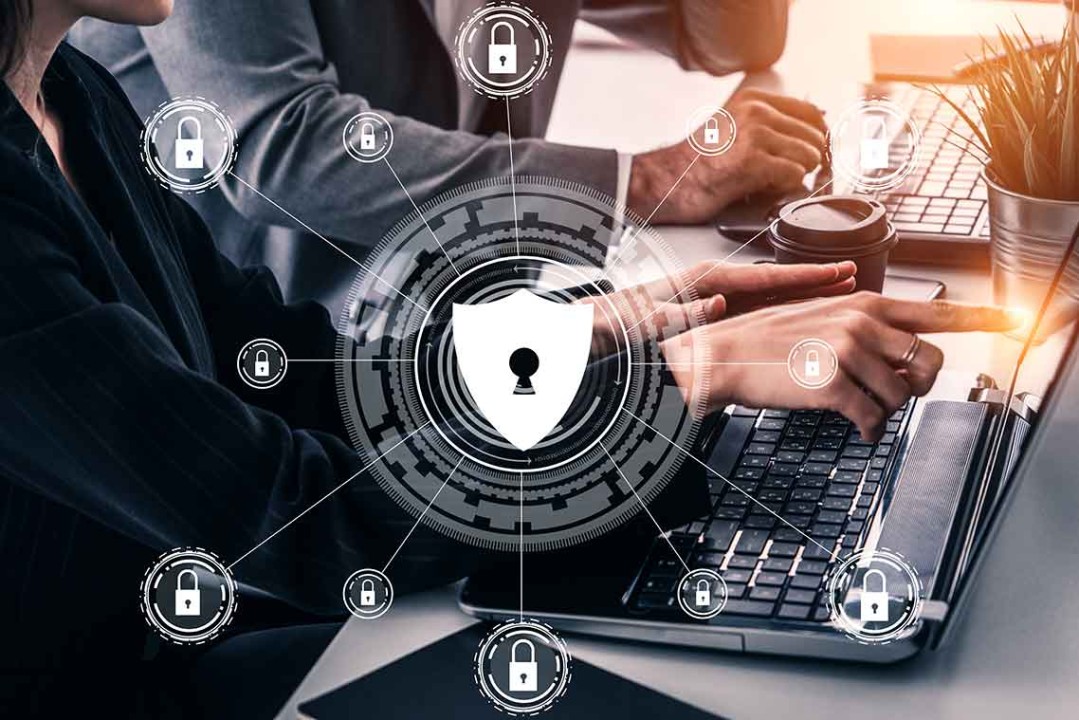With us being halfway into the year, companies are already in the position to determine whether or not the measures they took at the end of last year, were a success. Cybercriminals are always looking for new ways to exploit and defraud their victims, but despite that fact, there are some methods that transcend time.
So what are some of the threats we can look out for, towards the end and into the New Year?
Below are cyber threats you should be familiar with, if you don’t want to fall prey to cybercriminals.
Post Contents
Ransomware
Ransomware attacks have been in a slow decline over the past year or so, at least for the individual. By the first quarter of 2019, we saw a rapid climb in the rate of detection for businesses, from 2.8 million in the previous year (2018), to 9.5 million by the preceding year. That’s an increase of more than 320%.
Cybercriminals are now targeting businesses with ransomware viruses, for the simple fact that there’s more money to be made with them. Another reason is because of the Bitcoin price crash, which adversely affected crypto-mining attacks, as there was less money to derive from them, for cybercriminals. Naturally, such folk are going to lean on the next most profitable cybercrime.
5G Vulnerabilities
Because of the forever growing skill set of many of these cybercriminals, companies are always on the lookout for new ways to enhance their security. There’s no doubt that cybercriminals will discover new ways of exploiting 5G, the moment we have full handover. With the increasing number of 5G networks, many wireless carriers are now handling more of their calls and data through Wi-Fi networks, as a means of saving on bandwidth. The vulnerabilities in the software should provide more than enough opportunity to find profitable exploits for hackers.
With the current roll out of 5G across many public spaces, like shopping malls, airports and hotels, both the voice and data of these users on cellular devices, is now being pushed through these Wi-Fi access points. All these mobile devices today are built with the technology to enable them to switch between both Wi-Fi and cellular networks, but despite that, a number of vulnerabilities have already been identified in this handover process. It’s very likely that we will witness more security vulnerabilities in 5G in the coming months and years.
Crypto jacking
The growing trend of cryptocurrency has also had its effect on the cybersecurity arena. Crypto jacking is basically a trend that involves cybercriminals hijacking systems, either work or home systems, which they then use to mine cryptocurrency. Because significant amounts of processing power is required to mine for cryptocurrency (like bitcoin), hackers are able to profit by using the resources of other systems unbeknownst to the system owner. When a system has been hijacked for mining purposes, it can have a serious impact on that systems performance, and in more severe cases, cause downtime, as hackers must be tracked down and blocked out, in order to rectify the problem.
IoT Attacks
Internet of Things is a forever growing, dynamic thing today. With projections putting the number of devices at 70+ billion by the end of 2025. IoT includes devices such as tablets, laptops, webcams, refrigerators, webcams, projectors, smart watches, cars, manufacturing devices, medical equipment and home security.
Connected devices are extremely convenient for the end user, with many companies opting to use them, as they are more cost effective, allowing for the gathering of large amounts of data, which can be used to enhance business sales. However, as the number of connected devices increases, we can expect a greater risk, to these devices, making the IoT networks vulnerable to cybercriminals. Once a hacker gains access to an IoT device, they can create all kinds of problems for the end user or businesses, such as lock down a home, overload a network, or turn off certain equipment for financial gain.
Internal Attacks
Without a doubt, the biggest threat posed to any business, has to be those who work at the company. Because employees have, in most cases, full access to all the systems within the company, they are capable of causing the greatest damage to the systems. This is especially true, if they decide to abuse their position. Or they could fall prey to a cybercriminal, or unknowingly download a malicious file, which goes on to compromise an entire network.
Whether intentional or unintentional, the biggest risk posed to any company, is undoubtedly the people that work at the company. That is why, training is a must. All employees must have a basic understanding of computer security.










